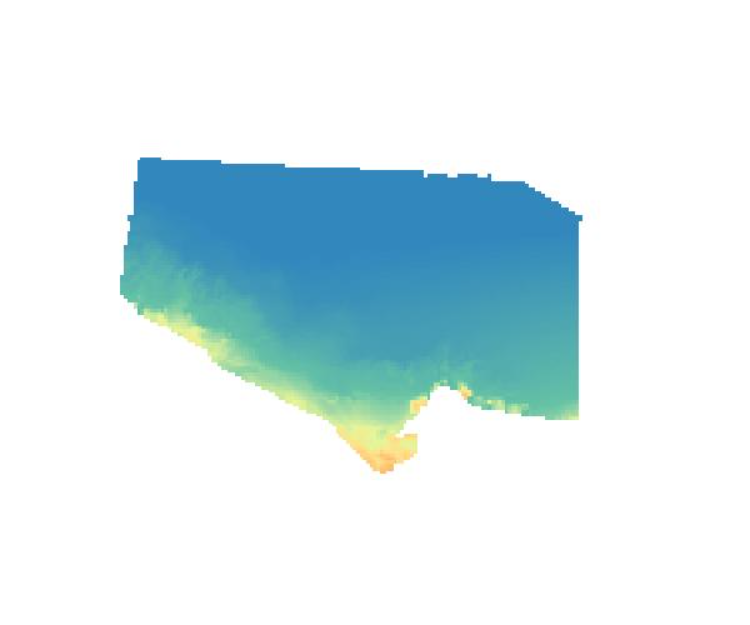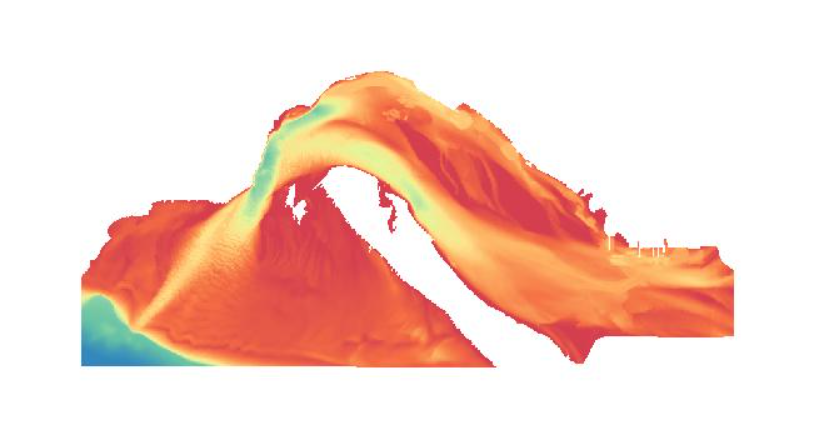resolutionRange
02_10_100
47 record(s)
Type of resources
Available actions
INSPIRE themes
Provided by
Years
Formats
Representation types
Update frequencies
Status
Resolution
geoDescCode
cartografia
geographicCoverage
geographicCoverageDesc
hvd
referenceDateRange
denominatorRange
resolutionRange
dataPolicy
openServiceType
dataType
dataFormat
-
Localização do NDB (Non directional beacon) do Pico - Equipamento de rádio-navegação aérea - SATA Gestão de Aerodromos
-
O mapa de exposição de vertentes representa a direção da exposição de determinada vertente, tendo sido construído com base no EU-DEM V1.1 (produto Copernicus Land).
-
Modelo Digital de Escoamento, criado com base num modelo digital do terreno com pixel de 25X25 metros. Este modelo de escoamento é um produto intermédio do trabalho de GeoCodificação de rios e bacias desenvolvido pelo IST. Serve de base para a geração, entre outros, dos limites das bacias hidrográficas e da rede hidrográfica hidrológicamente correta, que por sua vez serve para a produção das massas de água rios da DQA.
-
O mapa de declives utiliza um gradiente de cores em que as cores mais claras representam declives mais suaves e a cores mais escuras declives mais acentuados. Os declives estão representados em graus e foram obtidos com base no EU-DEM V1.1 (produto Copernicus Land).
-
This work was carried out by the GTAER - Working Group for the Definition of Renewable Energy Acceleration Areas, created by Order no. 11912/2023 of 23 November, and is intended to consolidate and strengthen the previous work carried out to identify the areas with the least sensitivity for the location of renewable electricity production units (solar photovoltaic and wind). The work presented here assessed the potential for implementing these units in natural areas or territories. The process of identifying PRAAs, took into account 5 different scenarios, depending on whether or not the following constraints were excluded: (i) areas relating to aquifers classified as porous or essentially porous, belonging to the western edge and the Tejo-Sado basin; (ii) areas relating to the distance between residential and mixed-use built-up areas and (iii) available RAN (National Agricultural Reserve) and REN (National Ecological Reserve) areas. The areas presented contribute to the definition of future preferential RAAs areas - they do not constitute the formal definition of the RAAs. In future RAAs, the licensing process will be simplified. It should be noted that these areas are not exclusive, and renewable energy units can be implemented in the rest of the territory in accordance with the normal licensing process. The results presented reflect the situation as of February/March 2024.
-

Modelo batimétrico construído com base na informação de sondagem do Instituto Hidrográfico (IH). Ano(s): 2009. Este conjunto de dados integra os Conjuntos de Dados de Elevado Valor/HVD identificados de acordo com o Regulamento de Execução n.º 2023/138 da Diretiva (UE) 2019/1024, relativa aos dados abertos e à reutilização de informações do setor público
-

Modelo batimétrico construído com base na informação de sondagem do Instituto Hidrográfico (IH). Ano(s): 2015 Este conjunto de dados integra os Conjuntos de Dados de Elevado Valor/HVD identificados de acordo com o Regulamento de Execução n.º 2023/138 da Diretiva (UE) 2019/1024, relativa aos dados abertos e à reutilização de informações do setor público
-

Modelo batimétrico construído com base na informação de sondagem do Instituto Hidrográfico (IH). Ano(s): 2008. Este conjunto de dados integra os Conjuntos de Dados de Elevado Valor/HVD identificados de acordo com o Regulamento de Execução n.º 2023/138 da Diretiva (UE) 2019/1024, relativa aos dados abertos e à reutilização de informações do setor público.
-

Modelo batimétrico construído com base na informação de sondagem do Instituto Hidrográfico (IH). Ano(s): 1992 a 2011. Este conjunto de dados integra os Conjuntos de Dados de Elevado Valor/HVD identificados de acordo com o Regulamento de Execução n.º 2023/138 da Diretiva (UE) 2019/1024, relativa aos dados abertos e à reutilização de informações do setor público.
-

Modelo batimétrico construído com base na informação de sondagem do Instituto Hidrográfico (IH). Ano(s): 2013 Este conjunto de dados integra os Conjuntos de Dados de Elevado Valor/HVD identificados de acordo com o Regulamento de Execução n.º 2023/138 da Diretiva (UE) 2019/1024, relativa aos dados abertos e à reutilização de informações do setor público
